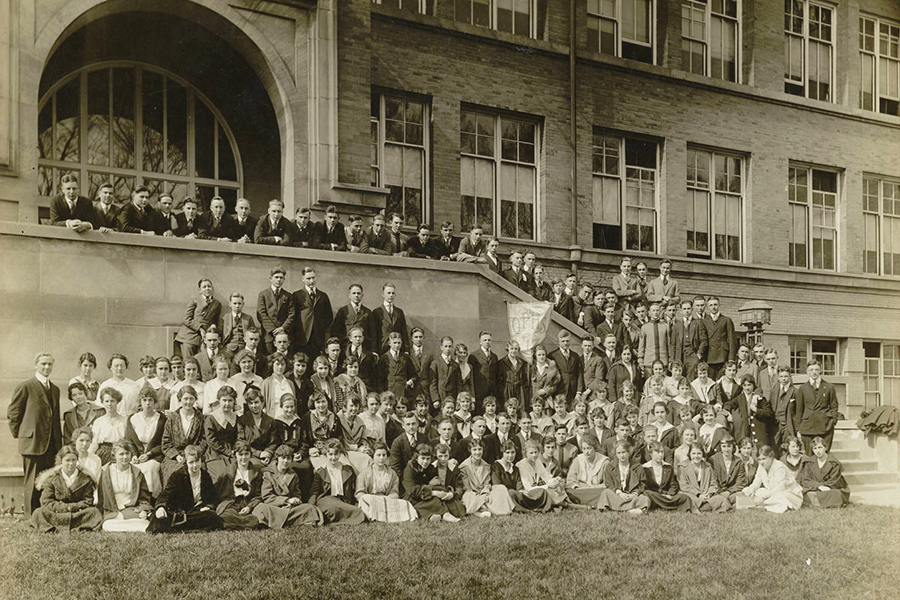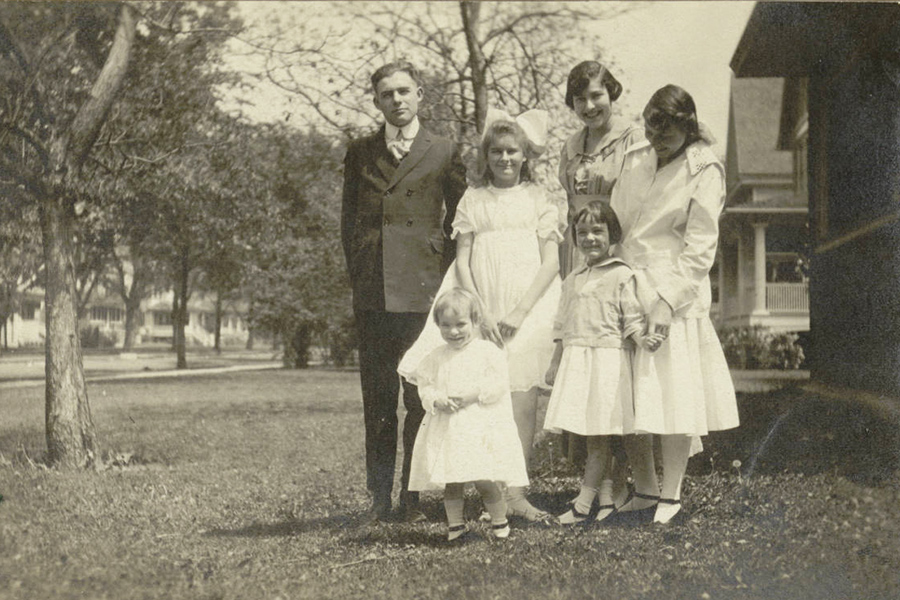You may be attending plenty of graduation parties this month, but how about one for a Pulitzer & Nobel Prize winner who also was on the front lines of three wars?
This Saturday is your chance: the Ernest Hemingway Foundation in Oak Park is hosting a soiree to celebrate 100 years since the writer's 1917 graduation from Oak Park and River Forest High School. Guests can expect jazz and spoken word performances, a silent auction, bites from Winberie's, and cocktails by Papa’s Pilar (we’re hoping for daiquiris, the writer's fave). They'll also introduce their second annual publication of “Hemingway Shorts," a collection of short stories submitted by emerging writers.
To help ready us for an evening of all things Hem, we catch up with Ernest Hemingway Foundation chairman John Berry to learn six lesser known facts about “Papa.”
He suffered several concussions.
“Not everyone realizes how many physical injuries Hemingway experienced,” says Berry, who references three big ones in particular: a shell explosion in World War I (the same one that landed him with a serious leg injury); a time in Paris when he mistook a skylight handle for a toilet flusher and brought the window down to crash over his head (an injury that left him with a lifelong scar); and two plane crashes, the second of which caused the press to believe him dead (he used that noggin of his to bang through plane windows to escape).
Besides Oak Park, he counted downtown Chicago and upper Michigan as home.
When Hemingway returned to Oak Park after WWI, he spent a few months in upper Michigan, where his family had a cabin. Upon returning to Illinois he moved to Chicago for several months, where he met two individuals who would forever change his course: his first wife Hadley Richardson and novelist Sherwood Anderson, who was the one to suggest that Hemingway move to Paris if he was to seriously consider becoming a writer.

Yes, he was a night owl—but he was also an early riser.
Hemingway was known for staying up late, but he was also known to get up as early as 6 a.m. to get to work. “He liked to get up early and work most of the morning, and then he’d take the afternoon off to drink with friends or go out on his boat, Pilar, to fish for marlin off the Cuban coast,” says Berry. “He was very disciplined. It was rare for him not to get up and write and record the words he’d written.”
He was an early adopter of the standing desk.
But not entirely by choice. “He sustained a leg injury from WWI that caused him to be more comfortable standing than sitting when working. There are many photographs of him throughout his adult life standing up and typing,” notes Berry.
He was tasked with an unofficial Naval mission in World War II.
In 1942 the government gave Hemingway arms and an assignment to use his boat Pilar to patrol the Cuban shoreline, looking for German submarines. “The idea was that if these submarines surfaced, Hemingway would be prepared with arms and hand grenades. While there were submarines in these areas, Hemingway never found any,” Berry says.
He knows a thing or two about loss—and starting over.
When Hemingway was reporting a story for the Toronto Star from Switzerland’s Conference of Lausanne, a couple other journalists there were interested in seeing his writing. He sent a telegram back to Hadley in Paris requesting that she meet him there with some of his work, which she packed in a suitcase to bring with her—along with all of the carbon copies. After boarding the train she stepped off to purchase something for the trip, and when she returned the suitcase had been stolen. “It was more than a year and a half’s work, so needless to say, Hemingway was upset for quite some time,” says Berry.



